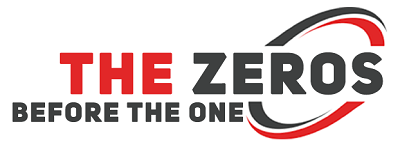The VAT declaration is a must for all companies (excluding VAT exemption of course). In fact, VAT represents half of the State’s revenue and companies are responsible (therefore) for collecting it. To communicate the amounts of VAT collected, it is therefore necessary to go through the famous VAT declaration. What you need to know to properly manage your VAT returns.
How to determine the amounts of VAT to be indicated in your VAT return?
-
- Before going any further, let’s recall some basic principles about the VAT return.
- VAT is an indirect taxes paid by consumers.
Companies do not pay VAT but collect it on behalf of the state. Consequently:
- You pay VAT to your suppliers (= deductible VAT),
- You invoice it to your customers (= VAT collected),
- You get it back when you are in VAT credit (deductible VAT collected VAT).
You pay VAT to the State when the VAT collected is deductible VAT
This involves monitoring your VAT flows. You must, on a monthly, quarterly or yearly basis, calculate the amounts of VAT paid (deductible) and VAT invoiced (collected or invoiced to your customers) and report them in your VAT return.
It is the difference between these two amounts of VAT that will be taxed at the VAT rate in force (20.10, 5.5 or 2.1%). Hence the name “value added” tax.
Finally, an important point:
To be able to make this calculation of the VAT to be declared, your accounts must be up to date until the date of the end of the period for which you are declaring the VAT.
To determine the amounts of VAT to report in your VAT return, you must then know whether your activity requires you to collect VAT on your receipts or debits.
This is an important distinction that will determine when you will have to declare these sums on the VAT return.
VAT on debits or VAT on receipts?
The distinction is quite simple to make:
Services = VAT on collections: VAT is payable on the day of payment for the service (collection).
Delivery of goods = VAT on debits: VAT is payable on the date of issue of the invoice.
To easily complete your VAT return, you must understand this distinction.
Let’s take an example of VAT calculated on receipts:
- Example of calculation of VAT to be declared for a company subject to VAT on receipts. The accounts for the period to be declared are up to date.
As a reminder, which companies must file a VAT return?
By default, all businesses are subject to VAT. However, as long as you do not generate a lot of turnover, you can practice VAT free. This means that you do not collect it and therefore cannot be reimbursed for it. In this case, you must not exceed the CA limits for the franchise:
- € 34,400 for services
- 85,800 € for commercial activities
Depending on your VAT tax regime, the VAT formalities and therefore your VAT return will not be the same. This VAT regime is determined according to your turnover. If you start your activity, you are a priori, either franchise or the real simplified regime.
Conclusion
Until now, micro-entrepreneurs were systematically exempt from VAT. Since raising the micro regime CA ceilings 1 set January 2017, micro-entrepreneurs may be subject to VAT if their turnover exceeds the ceiling of the VAT exemption. And as soon as you are taxable you will have to collect VAT and declare it once a year, semester or every month.











